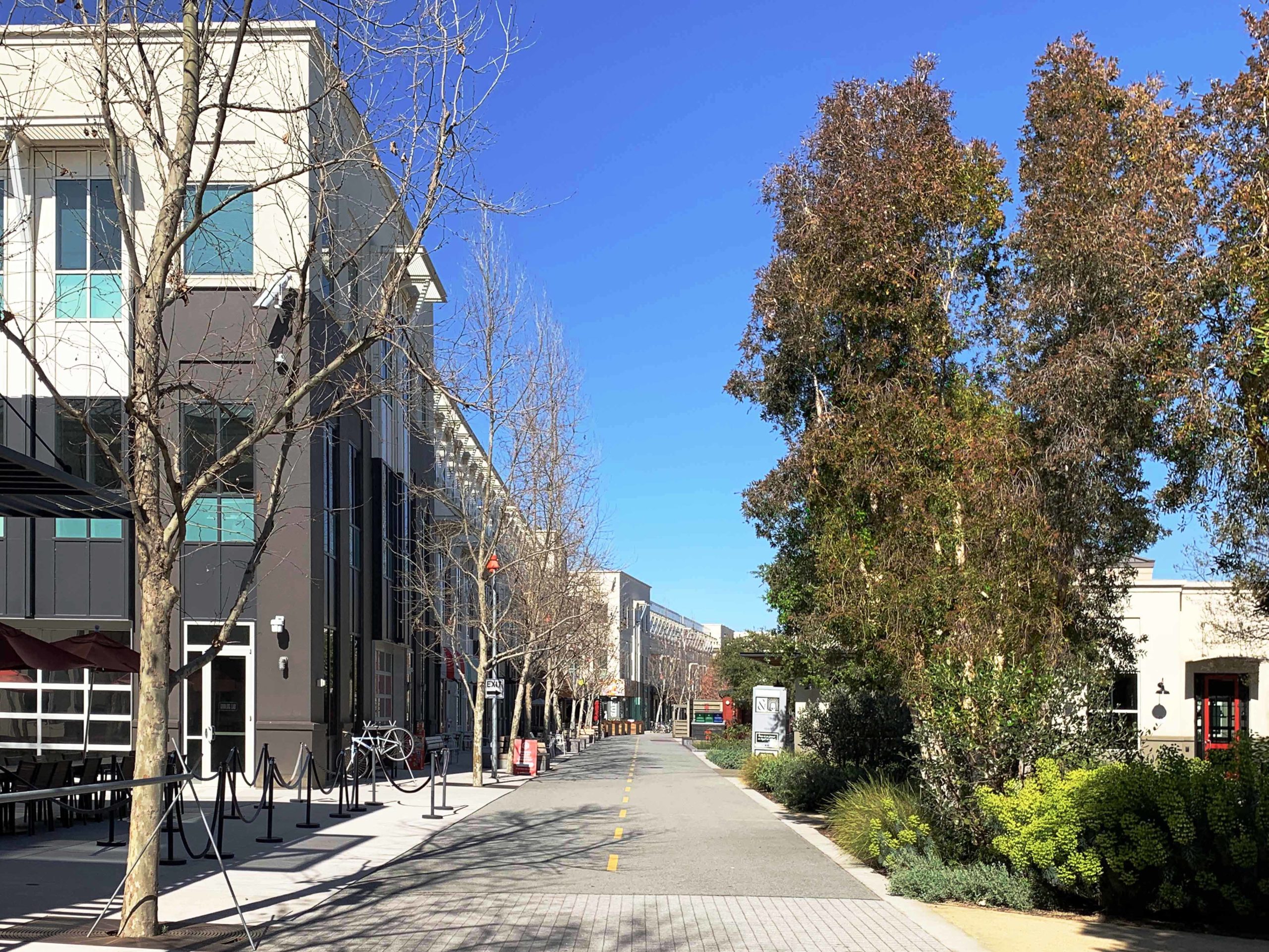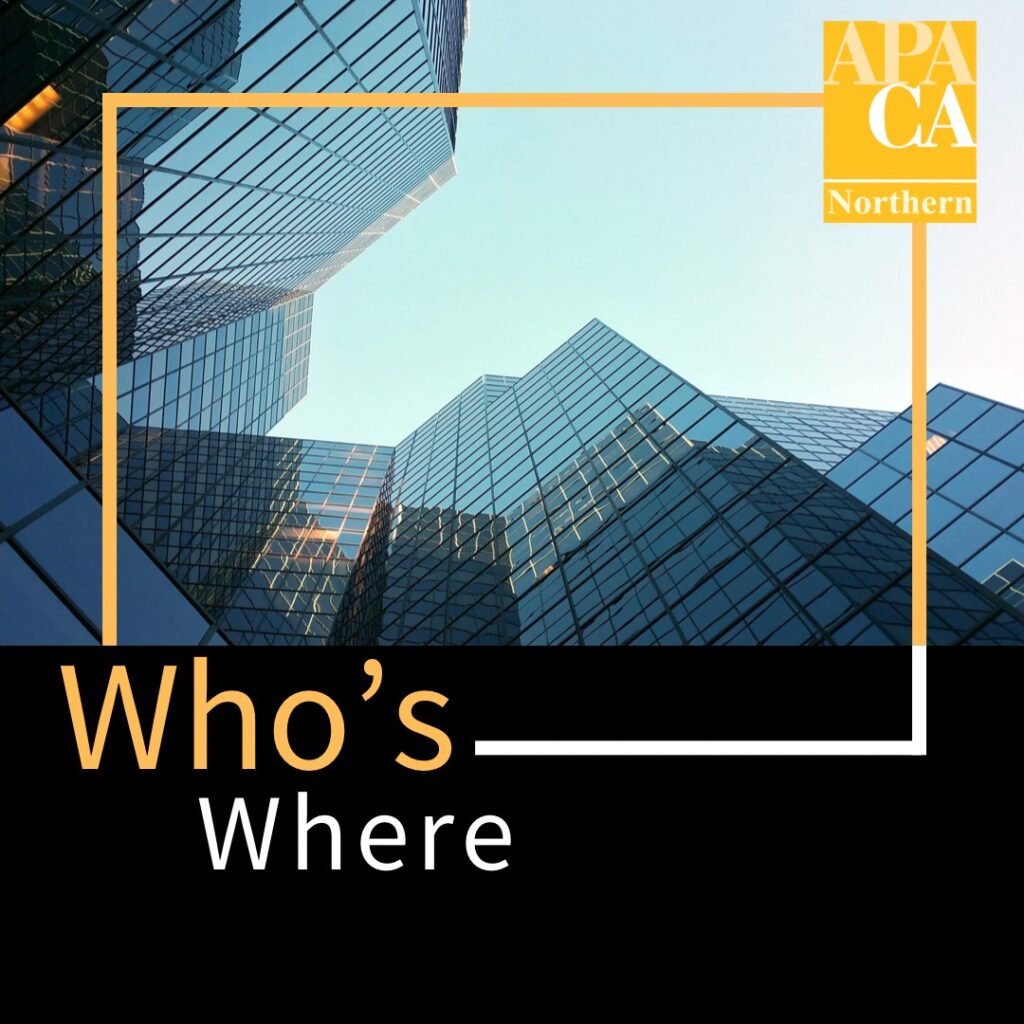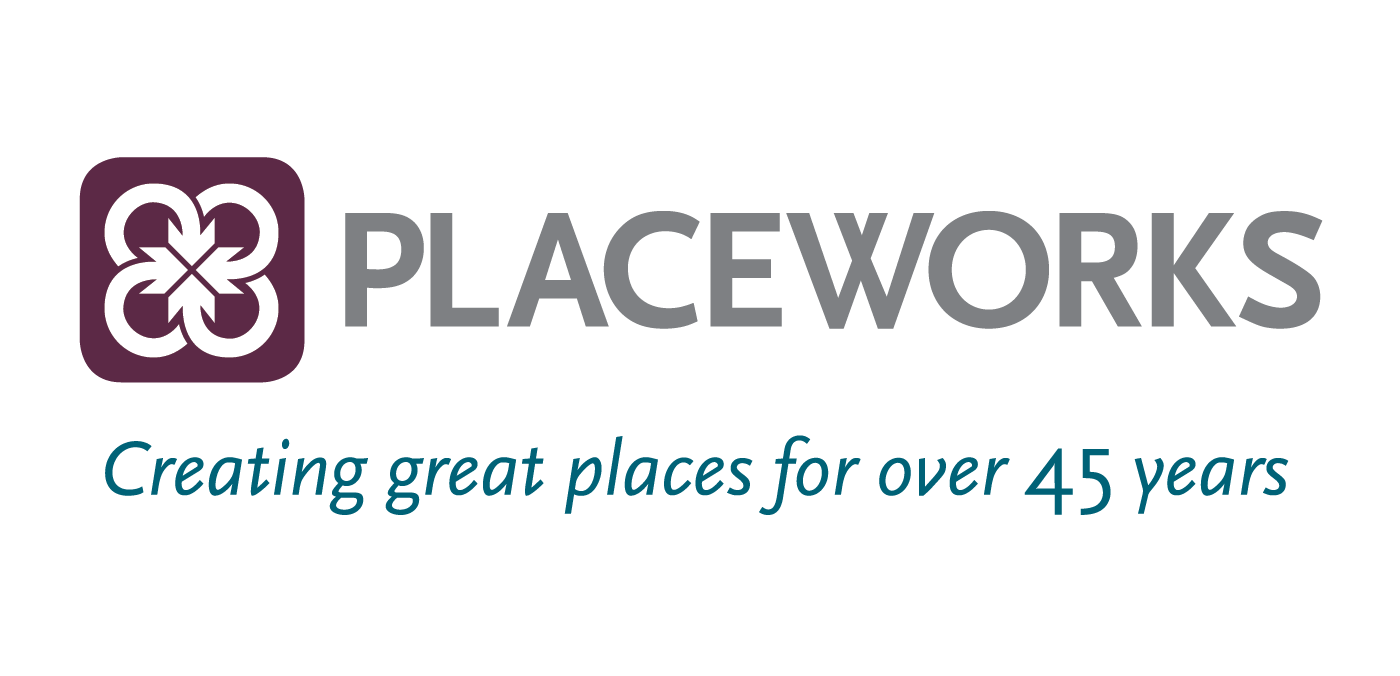featured Articles
Coronavirus: Top 10 issues for employers
By Esra A. Hudson and Michael E. Olsen, Manatt Employment Law, March 9, 2020. Here are some steps that all employers can take to mitigate the impacts of COVID-19, starting with good and open communication.
Planning grad: Welcome to the working world
From the archive, by James Castañeda, AICP, June 2015. “The real world started for me right after I graduated…
Meet a local planner – Martin Carver, AICP
Catarina Kidd, AICP, interviews Martin Carver, AICP, Managing Partner of ZeroCity, LLC in Santa Cruz.
RAPID Climate Action Network starts up
By Mindy Craig. There are lots of big visions and strategies for acting on climate change. But what about immediate…
Northern Section News & Announcements
pLANNING nEWS rOUND uP
where in the woRLD? MEMBERS SHARE EXPERIENCES FROM NEAR AND FAR


RIGHT: The Shard, Southwark, London, UK. Photo: Naphtali H. Knox, FAICP.
SPONSORS













